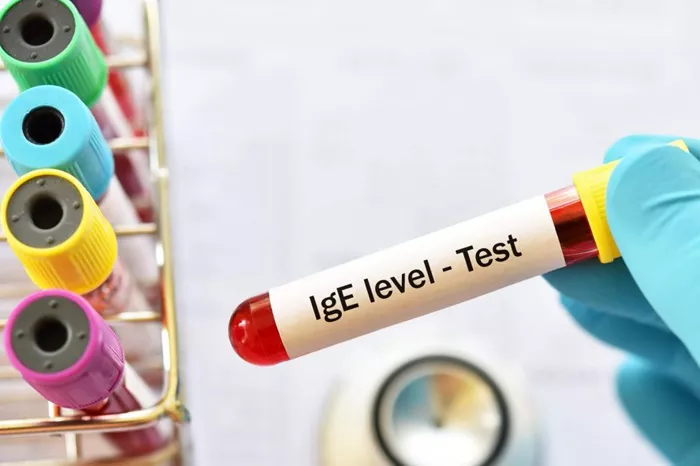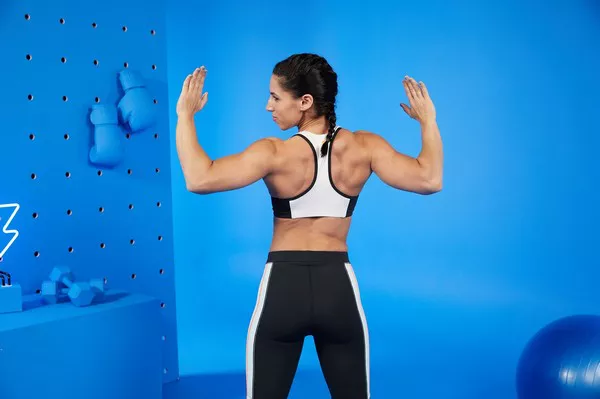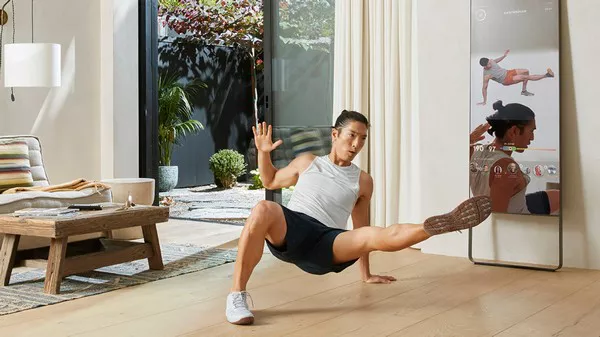Running is often considered one of the most effective ways to improve cardiovascular fitness, burn calories, and build endurance. For many, it is the go-to activity for staying fit. However, not everyone enjoys running, and for some, it may even be problematic due to joint pain, injuries, or other physical limitations. Fortunately, there are plenty of other ways to improve your fitness without the need to pound the pavement. In this article, we will explore a wide range of alternative exercises and strategies that can help you get in shape, build strength, and improve cardiovascular health—all without running.
The Importance of Physical Fitness
Before we dive into the alternatives to running, it’s essential to understand why improving fitness is so important. Physical fitness is the foundation of a healthy body. It encompasses several components, including cardiovascular health, muscular strength, flexibility, and endurance. A well-rounded fitness routine can help prevent chronic diseases such as heart disease, diabetes, and obesity. It can also improve mental health by reducing stress, anxiety, and depression while enhancing mood and cognitive function.
Being fit allows you to live a more active and fulfilling life. It can help you maintain a healthy weight, improve your energy levels, boost your immune system, and even enhance your sleep quality. Most importantly, fitness is not a one-size-fits-all concept. Everyone’s body is different, and what works for one person may not be ideal for another. That’s why it’s essential to find a fitness routine that suits your needs, preferences, and goals.
If you dislike running or find it hard on your body, don’t worry—there are many effective and enjoyable ways to improve your fitness without having to run a single mile.
Low-Impact Cardio Alternatives
Cardiovascular exercise is essential for improving heart health, burning calories, and increasing stamina. If running isn’t an option, low-impact cardio exercises can offer the same benefits while being gentler on your joints. These exercises are often easier to perform for extended periods and can be a great choice for individuals with joint issues, injuries, or those just starting their fitness journey.
1. Swimming
Swimming is a full-body, low-impact cardio exercise that can significantly improve cardiovascular health and increase endurance. The water’s buoyancy supports your body, making it an excellent option for individuals with joint pain, arthritis, or mobility issues. Swimming engages almost every muscle group, helping to tone and strengthen your body while burning a significant amount of calories.
Whether you’re swimming laps, doing water aerobics, or simply floating, the water provides resistance that helps build muscular strength. Different swimming strokes, such as freestyle, breaststroke, backstroke, and butterfly, target different muscle groups, allowing you to create a balanced workout. Swimming is also an excellent way to improve flexibility and promote overall body coordination.
2. Cycling
Cycling, whether done outdoors or on a stationary bike, is another excellent cardio option that provides a great workout without the impact associated with running. It is highly effective at improving cardiovascular fitness and building lower body strength, particularly in the quadriceps, hamstrings, and calves. Cycling is also an efficient way to burn calories and improve stamina.
Outdoor cycling allows you to explore different routes and terrains, making it a fun and adventurous way to stay active. If you prefer indoor cycling, classes like spin provide an energetic, music-driven environment that can keep you motivated and engaged. As a bonus, cycling is an excellent workout for your core, as you must stabilize your body while riding.
3. Rowing
Rowing is a low-impact, full-body workout that targets both the upper and lower body. It engages the legs, back, arms, and core, making it a great exercise for building strength and endurance. Rowing machines, available in most gyms, provide a cardio workout similar to running but without the joint impact.
Rowing is an efficient calorie burner and improves cardiovascular fitness while simultaneously enhancing muscular strength. Many rowing machines allow you to adjust the resistance, making it suitable for people of all fitness levels. Plus, because rowing works so many muscle groups, it can help improve overall body tone and posture.
4. Elliptical Trainer
Elliptical machines are commonly found in gyms and are designed to mimic the motion of running while providing a low-impact alternative. The elliptical trainer works both the upper and lower body, engaging the arms, legs, and core. This makes it a great option for a full-body workout that helps improve cardiovascular fitness, endurance, and muscular strength.
The smooth, fluid motion of the elliptical trainer reduces the risk of joint strain or injury. Many elliptical machines come with adjustable resistance and incline settings, allowing you to vary your workout intensity and target different muscle groups. Some models also have handlebars to help engage the upper body, further enhancing the effectiveness of the workout.
5. Dancing
Dancing is not only fun but also a great way to improve cardiovascular fitness, coordination, and flexibility. Whether you’re taking a dance class, practicing at home, or dancing to your favorite music, dancing provides a great workout that burns calories and tones muscles. Dance styles such as Zumba, hip-hop, salsa, and even ballroom dancing offer various levels of intensity, so you can choose one that fits your fitness goals.
Dancing has the added benefit of being a social activity, which can keep you motivated and engaged. It’s a fantastic way to improve your mood and boost mental well-being while getting a great workout. Since dancing involves continuous movement, it can be a highly effective form of cardio without the need for running.
Strength Training for Fitness
While cardio is important for heart health and fat loss, strength training is equally essential for building lean muscle mass, improving bone density, and enhancing overall body strength. If running isn’t an option for you, strength training can still help you get fit by increasing your metabolic rate, improving posture, and toning your muscles.
1. Weightlifting
Weightlifting is one of the most effective ways to build muscle and improve overall strength. It targets various muscle groups, allowing you to work on different areas of the body, such as the arms, legs, chest, back, and core. By lifting weights, you stimulate muscle growth and enhance muscle endurance, which helps increase metabolism and promote fat loss.
If you’re new to weightlifting, consider working with a trainer to learn proper form and technique. Start with light weights and progressively increase the resistance as you become stronger. Incorporate exercises such as squats, lunges, bench presses, deadlifts, and rows into your routine to work multiple muscle groups at once.
2. Bodyweight Exercises
If you prefer not to use weights, bodyweight exercises can be just as effective in improving fitness and building strength. These exercises use your own body as resistance and can be done virtually anywhere. Some popular bodyweight exercises include push-ups, squats, lunges, burpees, planks, and mountain climbers.
Bodyweight training can improve muscle endurance, increase flexibility, and promote functional strength. As you progress, you can increase the intensity of your workouts by adding variations, such as plyometric movements or adding resistance bands. Bodyweight exercises are also excellent for improving balance and coordination.
3. Resistance Band Training
Resistance bands are a versatile and affordable piece of equipment that can be used to perform a wide range of strength-training exercises. They come in various levels of resistance, allowing you to tailor your workouts to your fitness level. Resistance bands provide continuous tension throughout the movement, which helps target muscles in a different way compared to free weights.
You can use resistance bands to perform exercises such as squats, rows, chest presses, shoulder raises, and leg extensions. They are particularly beneficial for improving flexibility, mobility, and joint stability. Resistance band training can be done at home, in the gym, or even while traveling, making them a convenient option for those with a busy schedule.
4. Pilates
Pilates is a low-impact exercise system that focuses on strengthening the core, improving posture, and enhancing flexibility. It incorporates controlled movements and breathing techniques to engage deep stabilizing muscles. Pilates can be done on a mat or using specialized equipment like a reformer.
Pilates is excellent for improving muscle tone, especially in the core, back, and pelvic region. It also emphasizes alignment and flexibility, which can help improve overall body function and reduce the risk of injury. Pilates is suitable for all fitness levels and can be adapted to meet individual needs.
Flexibility and Mobility Training
Incorporating flexibility and mobility training into your routine is crucial for improving overall fitness, preventing injury, and enhancing athletic performance. Stretching, yoga, and mobility exercises help improve the range of motion of your joints and muscles, making your body more adaptable and resilient to physical stress.
1. Yoga
Yoga is a mind-body practice that combines physical postures, breathing exercises, and meditation to improve flexibility, strength, and mental clarity. It offers a range of styles, from gentle restorative yoga to more vigorous power yoga, making it suitable for all fitness levels.
Yoga enhances flexibility and mobility while promoting relaxation and stress relief. It is also a great way to improve balance, coordination, and mental focus. Practicing yoga regularly can help improve muscle tone, reduce tension, and promote overall well-being.
2. Stretching and Mobility Work
Regular stretching and mobility exercises are important for maintaining joint health, preventing muscle tightness, and improving overall range of motion. Stretching can be done both before and after a workout to improve flexibility and reduce the risk of injury.
Dynamic stretching, such as leg swings, arm circles, and hip rotations, can be done before exercise to prepare the body for movement. Static stretching, where you hold a stretch for 20-30 seconds, is effective post-workout to improve flexibility and prevent muscle stiffness. Foam rolling is another effective tool for releasing muscle tension and improving mobility.
Conclusion
Improving fitness without running is entirely possible, and in many cases, it may be even more effective for those who prefer low-impact exercises or need to avoid high-impact activities due to injury or joint pain. By incorporating a combination of low-impact cardio, strength training, flexibility work, and mobility exercises into your routine, you can build a well-rounded fitness regimen that supports both your physical and mental health.
Remember, fitness is a personal journey, and it’s important to find activities that you enjoy and that suit your body’s needs. Whether it’s swimming, cycling, weightlifting, yoga, or bodyweight exercises, there are endless ways to improve your fitness without the need for running. The key is consistency, variety, and listening to your body’s signals. With the right approach, you can reach your fitness goals and enjoy a healthy, active lifestyle without ever lacing up your running shoes.
Related Topics
































